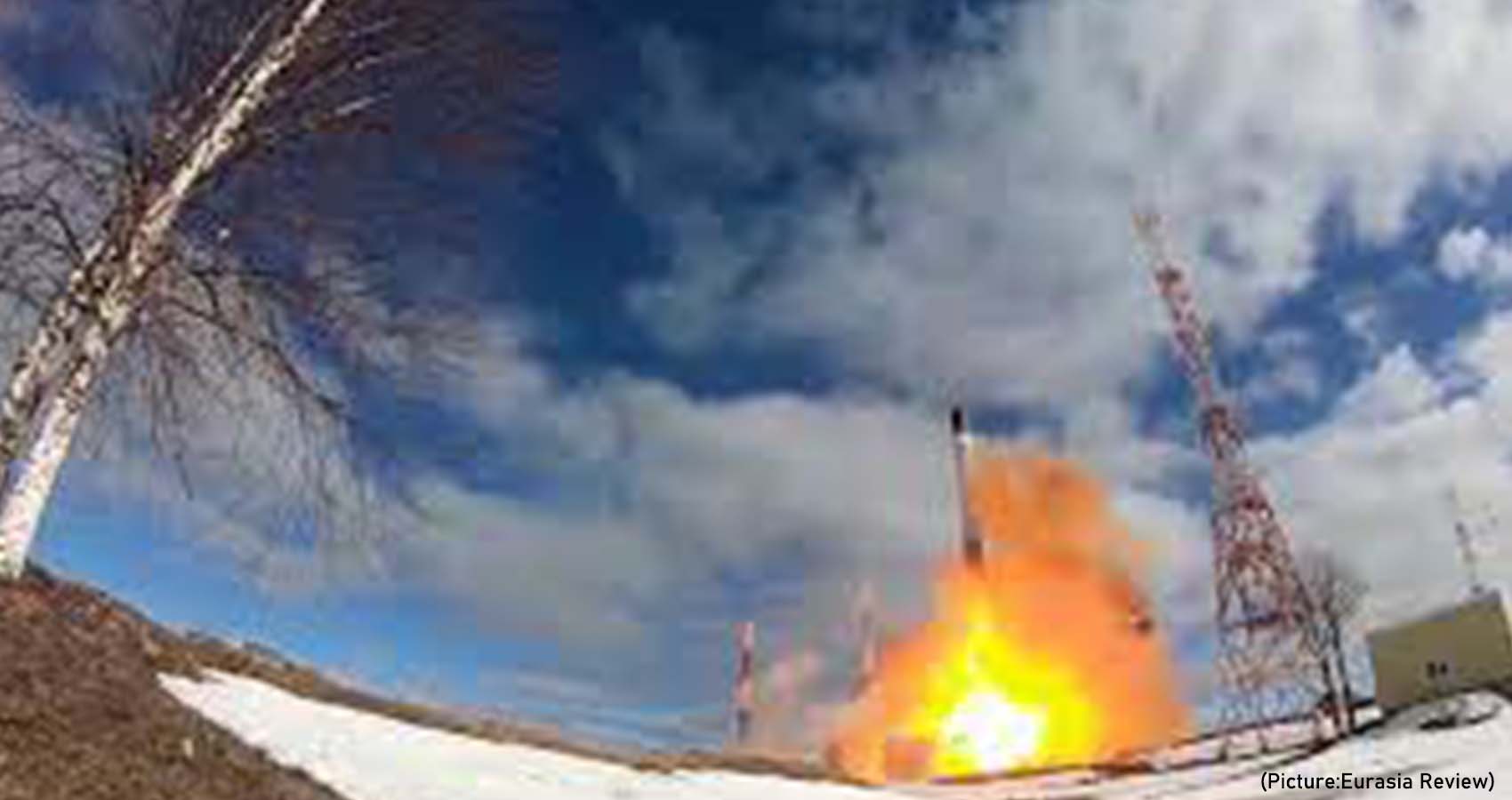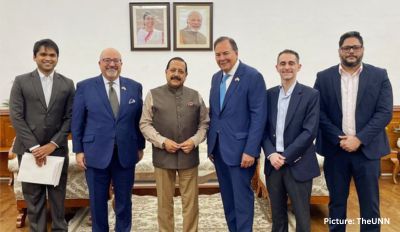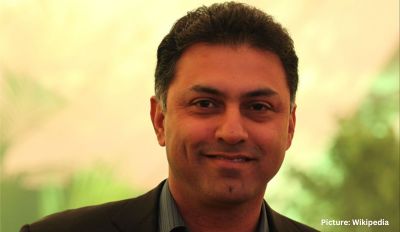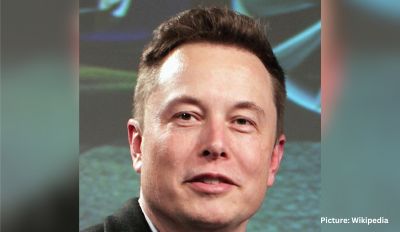High-tech advances in weapons technologies and a return of ‘great power nuclear politics’, risk the world ‘sleepwalking’ into a nuclear age vastly different from the established order of the Cold War, according to new research undertaken at the University of Leicester.
Andrew Futter, Professor of International Politics at the University of Leicester, makes the warning in a research paper for the Hiroshima Organization for Global Peace (HOPe), published today (Friday).
While stockpiles are much reduced from the peak of up to 70,000 nuclear weapons seen in the 1980s, progress in a number of new or ‘disruptive’ technologies threatens to fundamentally change the central pillars on which nuclear order, stability and risk reduction are based.
Modern nuclear weapons – acknowledged to be held by nine countries including the USA, Russia and UK – are more capable and more precise than their Cold War counterparts, and at the same time, are being augmented by a new suite of strategic non-nuclear weapons that might be used against or instead of nuclear weapons.
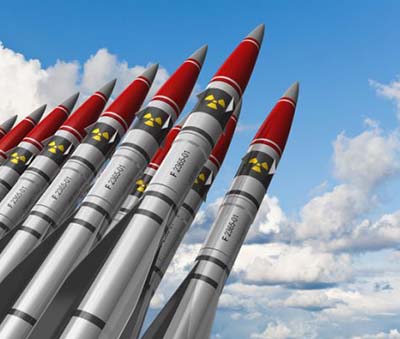 Advances in offensive capabilities have, however, been matched in increasingly sophisticated sensing, tracking and processing technologies designed to detect, prevent and in some cases respond to a nuclear strike – often using Artificial Intelligence (AI).
Advances in offensive capabilities have, however, been matched in increasingly sophisticated sensing, tracking and processing technologies designed to detect, prevent and in some cases respond to a nuclear strike – often using Artificial Intelligence (AI).
Professor Futter said: “While we’ve seen a substantial reduction in the number of nuclear weapons held across the world, it’s important to remember that this reduction came about as much as a result of rationalisation than a genuine drive to disarm. After all, you can’t destroy a city twice, and it takes an enormous amount of money to build and maintain this technology.
“We’ve seen massive advances in the capabilities of these weapons and their support systems in the 30 years since the end of the Cold War, and there’s a danger that this means the established rulebook of nuclear doctrine could be thrown out of the window.”
However, there are potential political solutions as the world prepares to enter what Professor Futter terms a ‘Third Nuclear Age’. He continued: “Choosing the correct pathway for our nuclear future was hard enough in the past and there is no suggestion it will become any easier as we move into a new, potentially more complex and dynamic chapter in the nuclear story.
“Policy proposals to manage the challenges of the Third Nuclear Age are therefore inherently bound by whether one believes the best approach is to take our nuclear world as it is and seek to manage it through restraint, arms control, and norms; or whether it is possible to transition to a world where nuclear weapons no longer exist through sustained moral, ethical, legal and perhaps technological pressure.”
‘Deterrence, Disruptive Technology and Disarmament in the Third Nuclear Age’ is published by the Hiroshima Organization for Global Peace.
‘Disruptive Technologies and Nuclear Risks: What’s New and What Matters’, in which Professor Futter further explores the themes of new nuclear capabilities and their impact, is published in the journal Survival.
The Third Nuclear Age research project is funded by the European Research Council. Find out more at thirdnuclearage.com.

